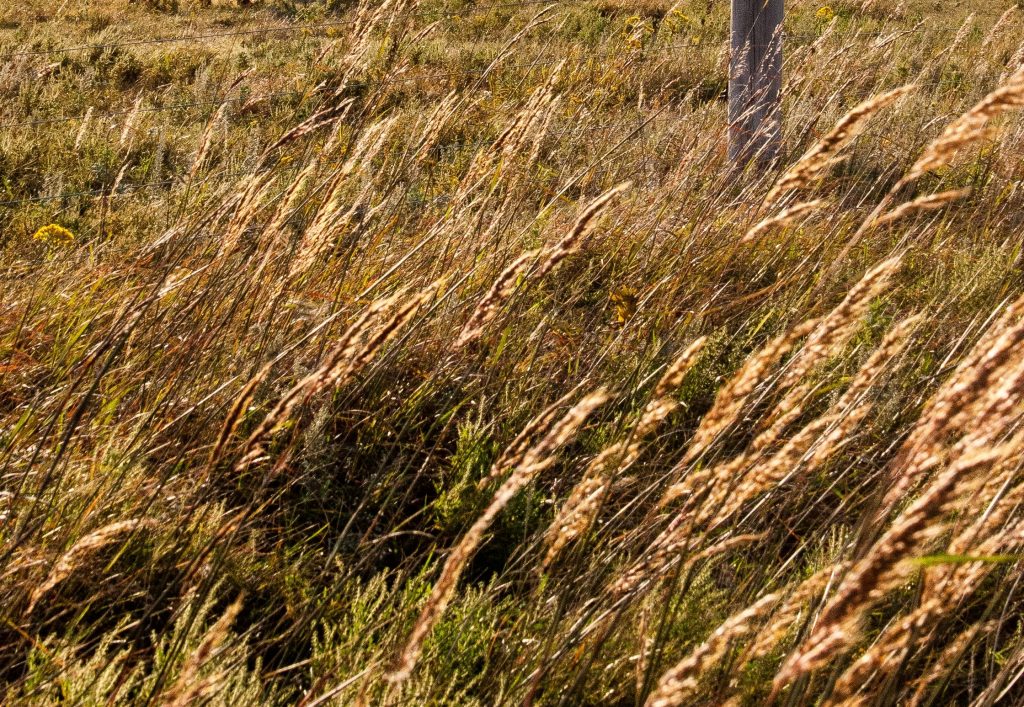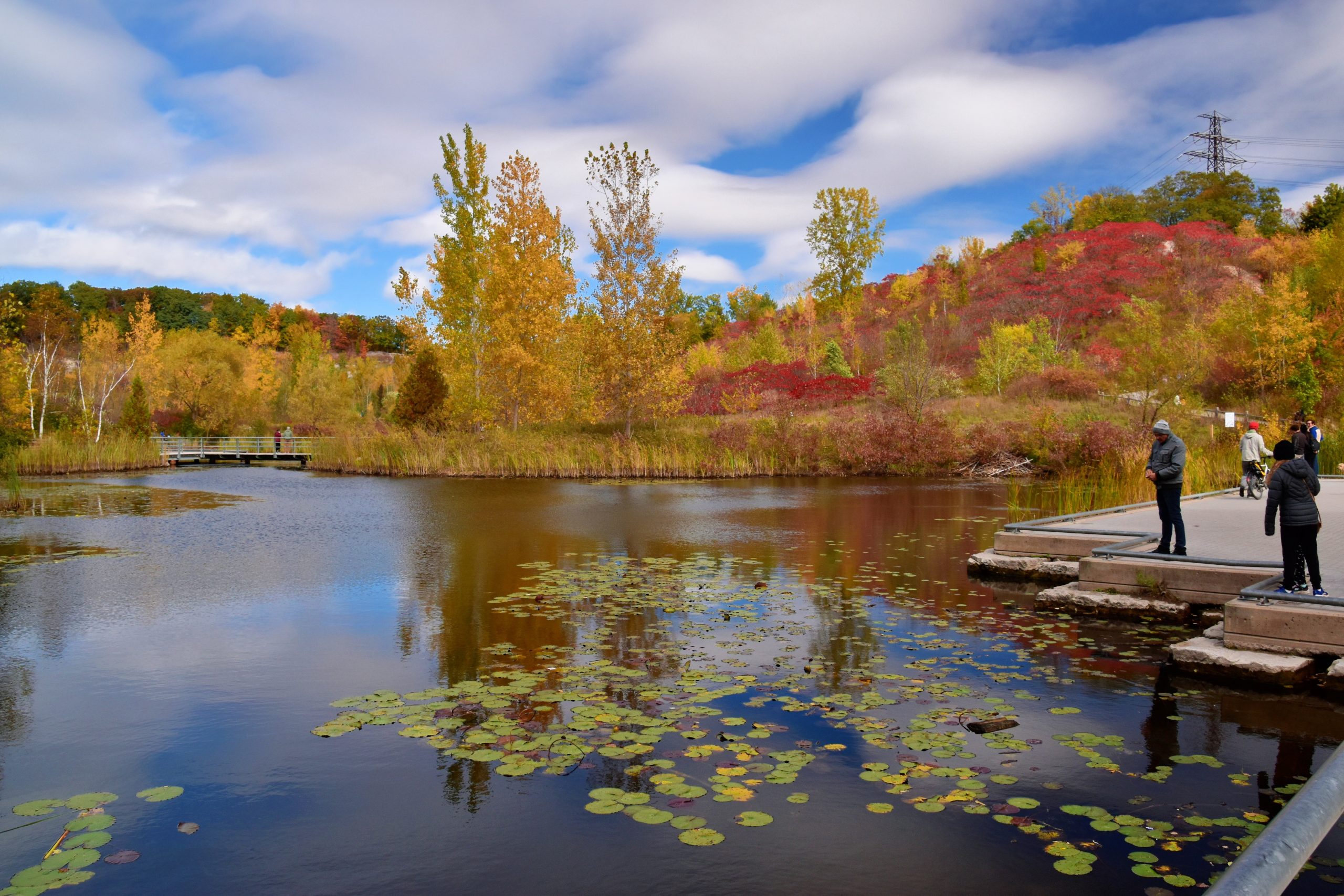Biodiversity
Alsha Paul; Ayse Berina Sumer; Bolaji Komolafe; and Geraldine Cortes
Introduction
Biodiversity is a conjunction of the words “biological” and “diversity”, which refers to the variety of life forms that exist on the planet, and the ways they interact with one another. Human degradation of natural environments has led to a massive decline in global biodiversity. Through environmentally harmful acts such as deforestation, fracking, increased pollution and general overconsumption, human greed and entitlement have destroyed many of the ecosystems we depend on to survive, for example, coral reefs. Human degradation of natural environments affects humans, plants and animal species that rely on these environments, we must therefore start to preserve what remains, for us to have a future on the planet.
Transcript
To Access the Video Transcript:
1. Click on “YouTube” on the bottom-right of the video. This will take you directly to the YouTube video.
2. Click on the More Actions icon (represented by three horizontal dots)
3. Click on “Open Transcript”

Topic Overview
The issue of declining biodiversity connects to almost all, if not all, of the sustainable development goals. Responsible consumption and production, life below water and on land, sustainable cities and communities, good health and wellbeing industry as well as innovation and infrastructure, stand out as being particularly relevant. Biodiversity and issues of sustainability go hand- in-hand, in that a community (or habitat) cannot be sustained without a diverse range of biological influences having the space and nurturing their needs to contribute to the long-term prosperity of the ecosystem.
A good example towards sustainable development goals is the video, “Urban Nature-based Solutions”. It is about a residential area, Ekostaden Augustenborg in Malmo, Sweden. This community was able to achieve a 50% increase in biodiversity, and a 20% decrease in carbon dioxide emission and a 30% reduction in unemployment by producing green jobs.
Transcript
To Access the Video Transcript:
1. Click on “YouTube” on the bottom-right of the video. This will take you directly to the YouTube video.
2. Click on the More Actions icon (represented by three horizontal dots)
3. Click on “Open Transcript”

Innovators and Ideas
In the article “Tallgrass”, Robin Wall Kimmerer (2018), describes the importance of maintaining the biodiversity of the tallgrass prairie lands. Maintaining biodiversity sustains interconnectivity between humans, nature, and culture, and sequesters carbon dioxide to mitigate the damage of climate change.
An Indigenous worldview of the land inherently respects the ecological diversity needed for it to flourish. Stewardship towards the land is reflected in many Indigenous cultural and spiritual practices. The destruction of these lands is not just a removal of resources but a depletion of cultural integrity, as an Indigenous worldview sees the land as sentient.
Through the conversion of the prairies into agricultural land between 1800 and 1930, 95% of the world’s tallgrass prairie was converted into farmland that has fed billions of people. However, more than 50% of the United States corn crops are used to create ethanol, and less than 10% is for human consumption. Recently, a lot of this land has been lost to property development.
Prairies are formed where it is too dry for trees while tallgrass grows to create the ecological diversity of an area. It stores water and provides habitation to support the many lifeforms that co-exist on the prairie. While prairies store away carbon monoxide, cornfield emits tons of it. In the article, Kimmerer describes something to be truly dead only when it is forgotten with extinction from memory, and not just its departure. She however concluded that there is a glimmer of hope in the restoration and recovery of tallgrass.

Organizational Profile
For over 30 years, The Evergreen Foundation has been working to create habitable, flourishing, and green cities. It connects with community builders to address critical concerns such as climate change, affordable housing and accessibility to green public spaces. The foundation’s work includes Evergreen Brick Works in Toronto and the collaborative initiative, Future Cities Canada.
The Evergreen Foundation facilitates connection in communities through innovative sustainable action. It believes in bringing together multiple voices and skill sets to focus on issues of sustainability in urban settings.
Evergreen Brick Works is an innovative idea of the Evergreen Foundation. It is an initiative that enlightens people to understand the importance of biodiversity and the beauty of nature. It unites and strengthens humans to be effective stewards to the land for the survival of the present and future generations. This relates to the importance of tallgrass as mentioned by Robin Wall Kimmerer (2018), in biodiversity. Evergreen Brick Works is a self-reliant, self-sustaining, and solar-powered community. It grows organic food and makes local products, providing employment and facilitating circulation of money for economic growth. It manages its waste through compost and recycling processes. Inclusion and acknowledgement of Indigenous culture and traditions are demonstrated with the preservation of traditional and medicinal plants as well as designation of special places for toddlers and children.

Conclusion
Considering the video of Ekostaden Augustenborg in Malmo, the article “Tallgrass” by Robin Wall Kimmerer, and the values, mission and vision of Evergreen Foundation, the importance and natural benefit of biodiversity in human existence cannot be overemphasized. It is evident in our economy, culture, ecological life support, recreation and science. This benefit can however be compromised from loss in circumstances of biodiversity which can create an adverse effect on human survival through instances such as climate change. (Australia State of The Environment, 2016).
Sources
Australia State of the Environment (2016). Importance of Biodiversity. https://soe.environment.gov.au/theme/biodiversity/topic/2016/importance-biodiversity#:~:text=Ecological%20life%20support%E2%80%94%20biodiversity%20provides,%2C%20hiking%2C%20camping%20and%20fishing.
Biodiversity(n.d). https://www.youtube.com/watch?v=GK_vRtHJZu4.
Evergreen (2021). About Evergreen. https://www.evergreen.ca/about/.
Kimmerer, R (2018). Tallgrass. Little Toller Books. https://www.littletoller.co.uk/the-clearing/tallgrass-by-robin-wall-kimmerer/.
WWF (2021, Nov., 12). Urban Nature-based Solutions: Buildings and neighborhoods. https://www.youtube.com/watch?v=SRXx0QyxBFo.
Media Attributions
- mary-hammel-qMmoK7g0YuI-unsplash is licensed under a CC BY (Attribution) license

